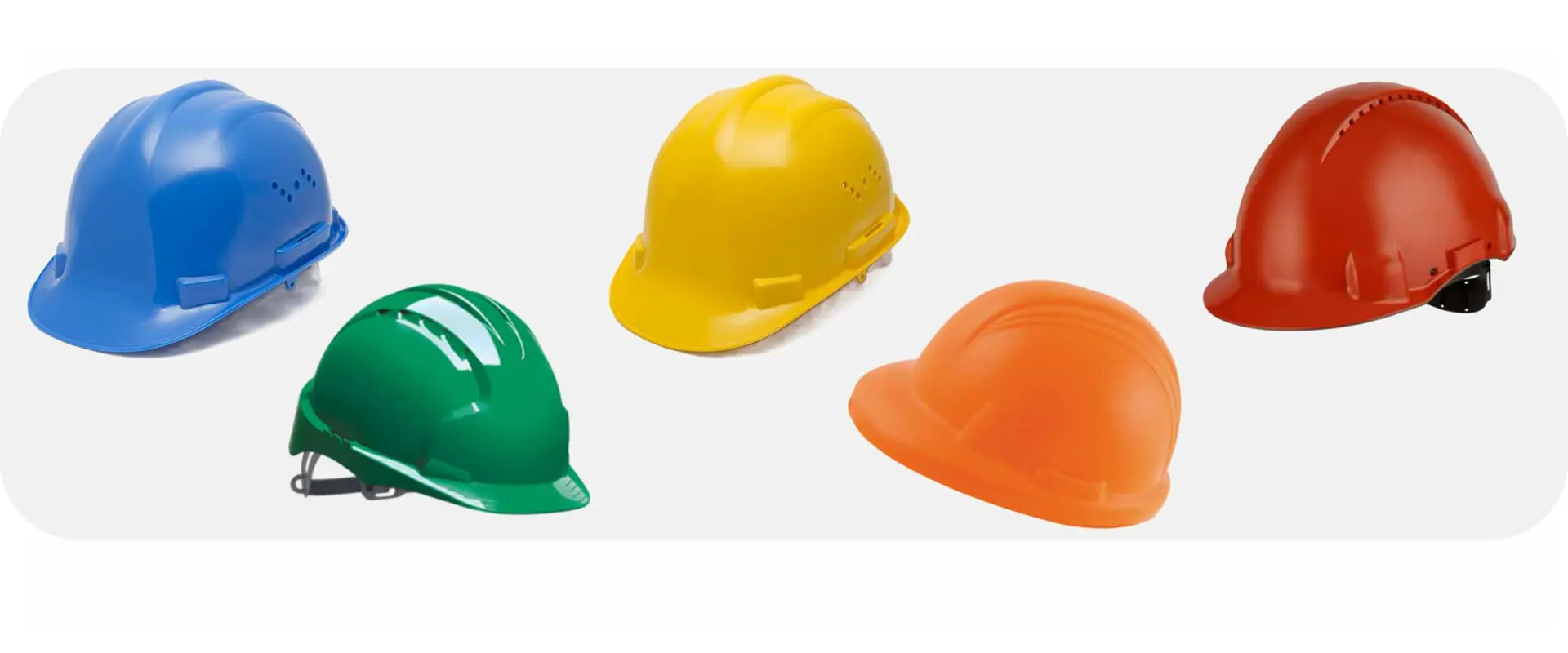
About Spectral
Learn about our team and technology
At Spectral Industries, we empower global mining and recycling professionals with state-of-the-art industrial LIBS solutions for real-time on-line chemical analysis.
Our end-to-end solutions enhance efficiency and sustainability by optimizing processes and driving higher yields. At the same time lowering costs, emissions and reducing energy, chemical and water usage.
With our commitment to long term impact and teamwork, our proven end-to-end solutions excel in even the toughest conditions. Offering effective results with our 24/7 uptime guarantee and world-class data processing.
Spectral Industries is your partner in accelerating to a more efficient and sustainable future for raw material processing.
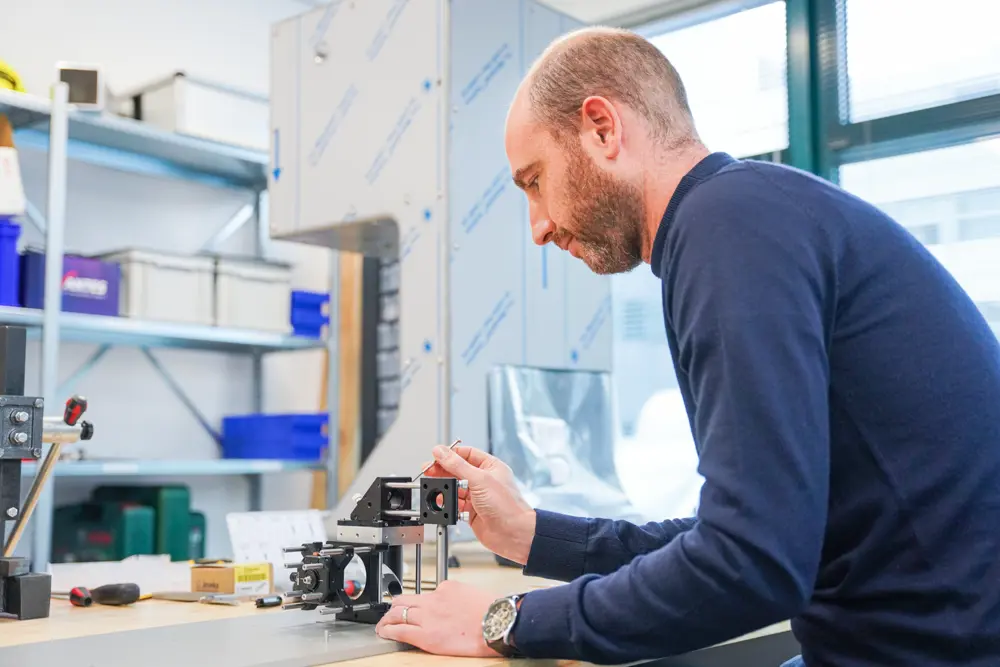
Our mission
Better insight, higher yield and less waste
We’re on a mission to revolutionize global raw material processing through real-time on-line chemical analysis.
With our advanced LIBS solutions, we enable our clients in industries such as mining, recycling and metal processing to achieve higher yields. Reducing their emissions and optimizing their energy, chemical and water usage.
By enabling more rapid, efficient and environmentally conscious processes, we actively contribute to global sustainable dvelopment goals.

Our technology
Laser-Induced Breakdown Spectroscopy
Laser-induced Breakdown Spectroscopy (LIBS) is an emission spectroscopy technique that provides an elemental fingerprint of the sample under investigation.
A LIBS measurement starts with an energetic laser pulse. The laser pulse is tightly focused onto the sample of interest to form a plasma. From this plasma highly discrete colors of light are emitted, called emission lines; these lines are characteristic for the elements present in the sample. A spectrometer unravels the different colors emitted from the sample and creates a spectrum. A digital camera captures the spectrum and dedicated software translates the emitted spectrum into the composition of the sample. Because all elements emit light at characteristic frequencies when excited, LIBS can in principle detect all elements, limited only by the amount of energy present in the plasma and the wavelength range of the used spectrometer.
The benefits of LIBS

Versatile for any sample
LIBS works seamlessly with solids, liquids, and gases, making it more versatile than other techniques.

Fast, full-range analysis
With speeds exceeding 100 measurements per second, LIBS delivers rapid elemental composition results and detects all elements, including light ones like carbon and lithium, often missed by XRF or similar methods.

Cost-effective operation
LIBS generates plasma in open air, removing the need for expensive consumables like with other techniques.

Remote measurement ready
Using telescopes or fiber optics, LIBS can analyze samples from a distance, allowing safe and efficient monitoring in hard-to-reach or hazardous environments like metal furnaces or waste sites.

Prep-free, detailed mapping
LIBS requires no sample preparation and offers precise surface mapping and depth profiling with adjustable laser spot sizes, enabling detailed analysis without altering the sample.
Meet the team
Flexible and responsive to customer challenges, superfast PhD-level team that combines ample experience with state-of-the-art knowledge.
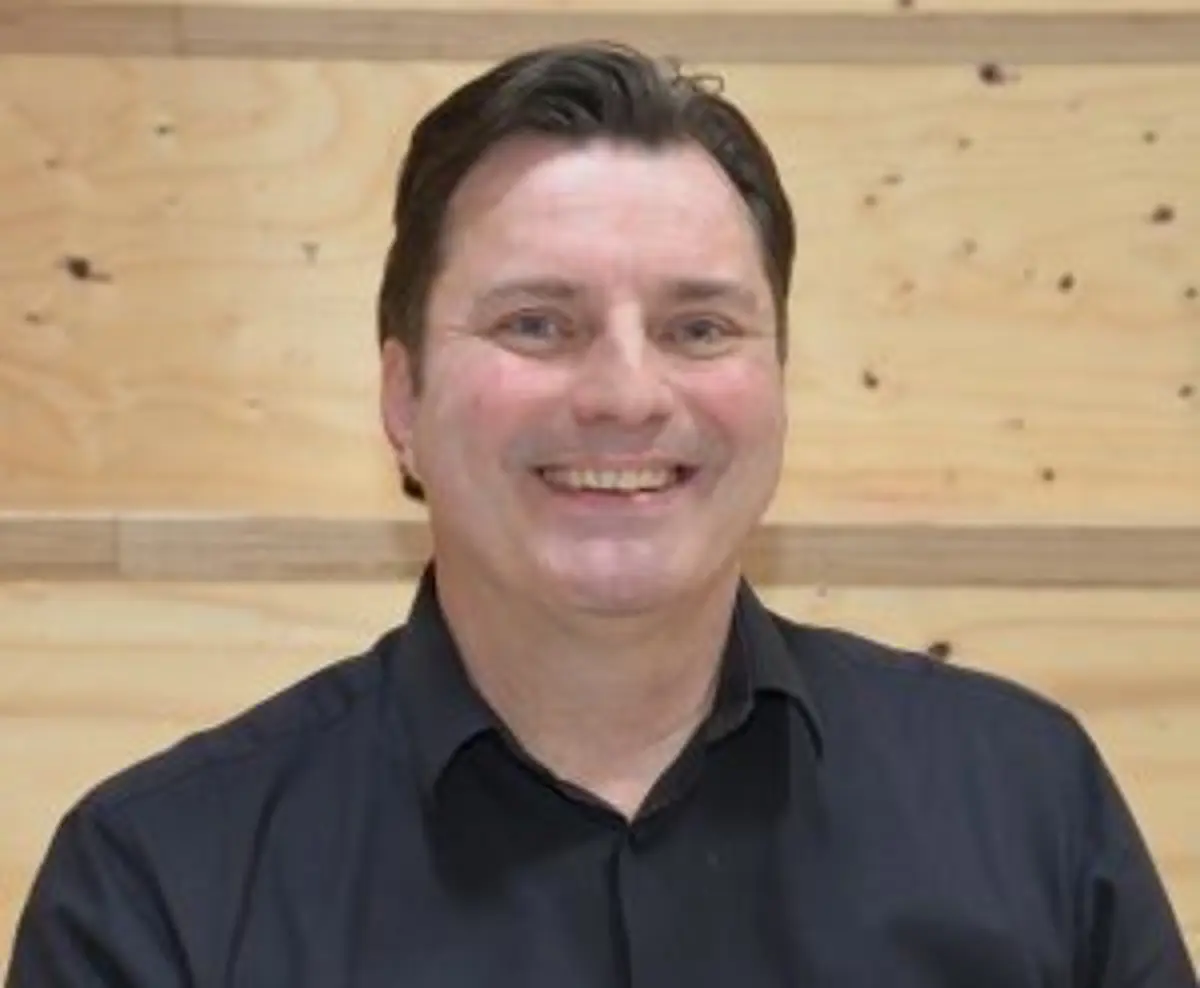
Ad Maas
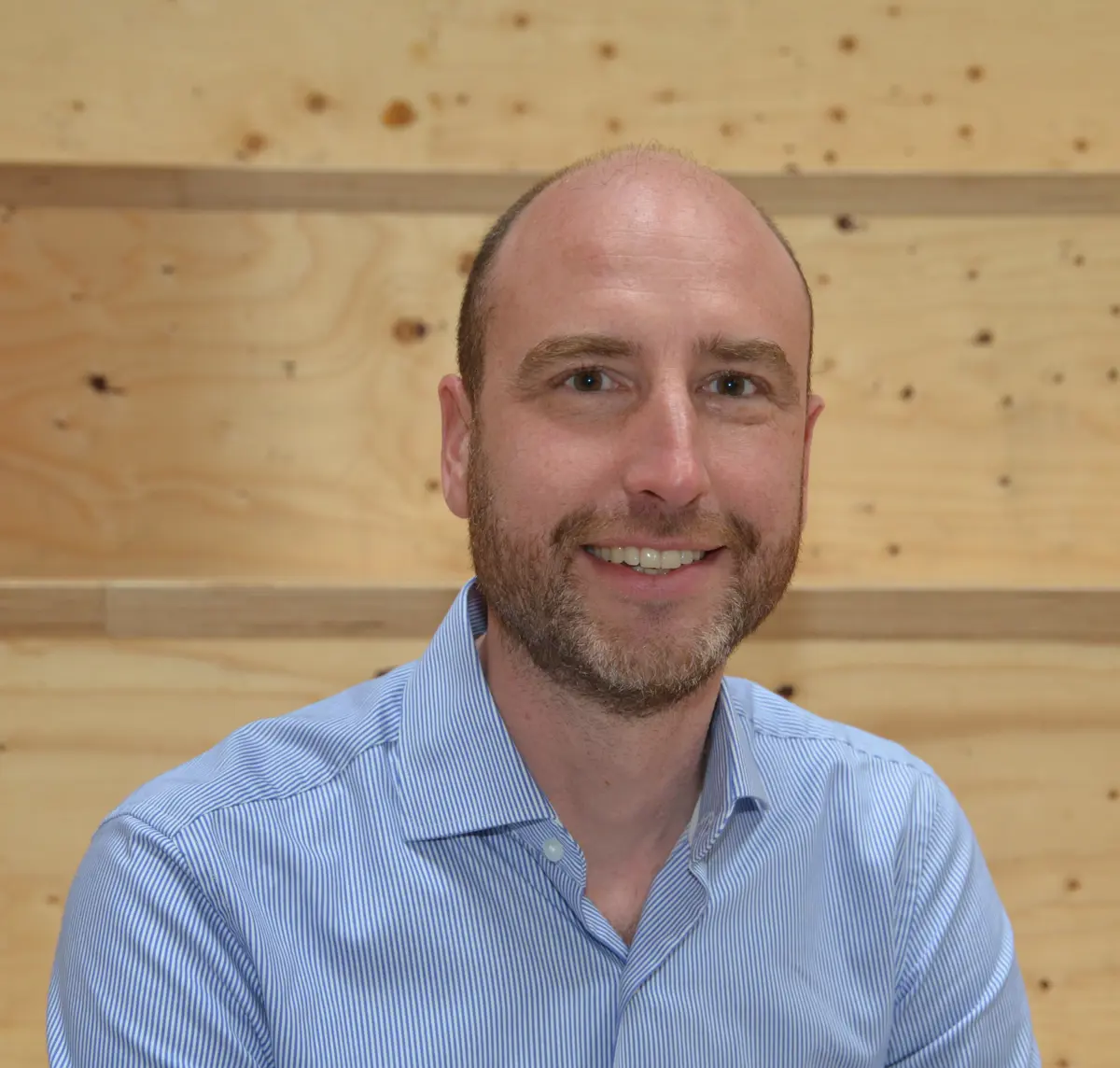
Marijn Sandtke

Pepijn Kenter

Fanuel Mehari

Bob de Waard

Sadia Manzoor

Neil Jaschinski

Jorgina Akushika

Rick Boks

Arne van der Aa

Sanny Naber

Thomas Joesoef Djamil

Stefan Groenheide

Emile Heezen

Joost Smeets

Timo Szabó

Christopher Miese

Hjalmar Lindstedt
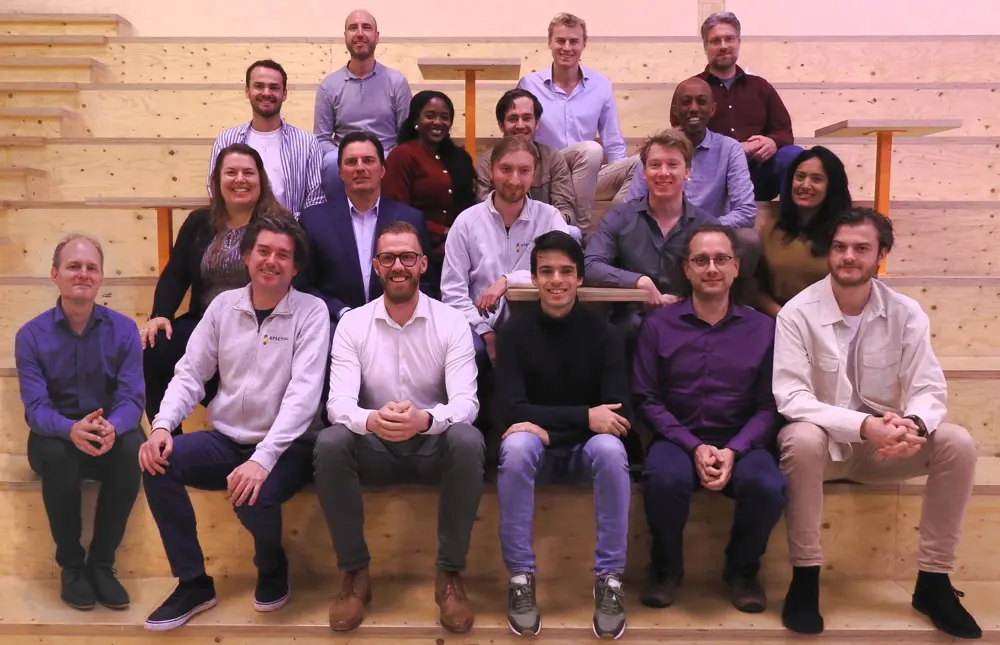
Would you like to contribute to our mission?
You will love our team and we are always looking for talented people to grow towards a company that has an impact on a global scale!
Please contact us or send your resume to hr@spectral-i.com
Apart from general applications we are especially interested in receiving applications from:
- Experienced project managers
- Software engineers and (spectral) data analysts
- All round (opto-) mechanical and electrical engineers
- Production managers
- Business developers
Of course, a background in sensor development for mining or recycling applications is an advantage.
